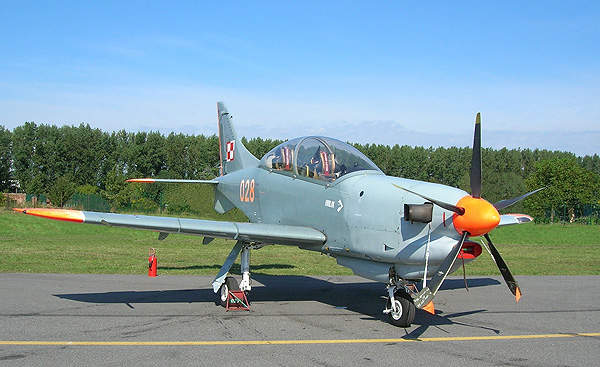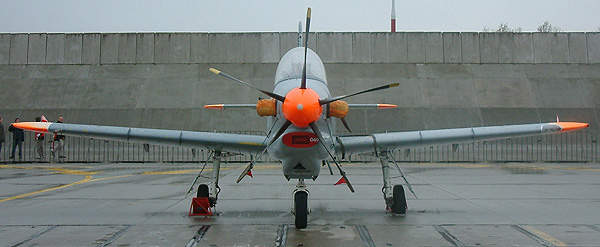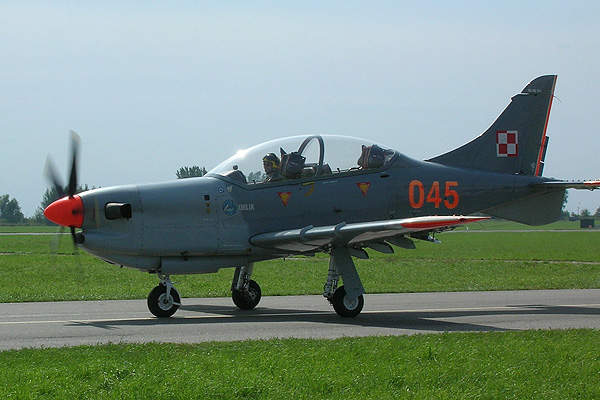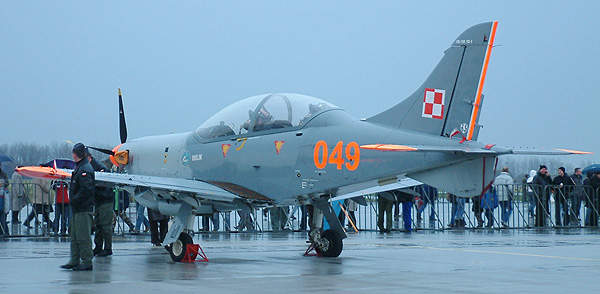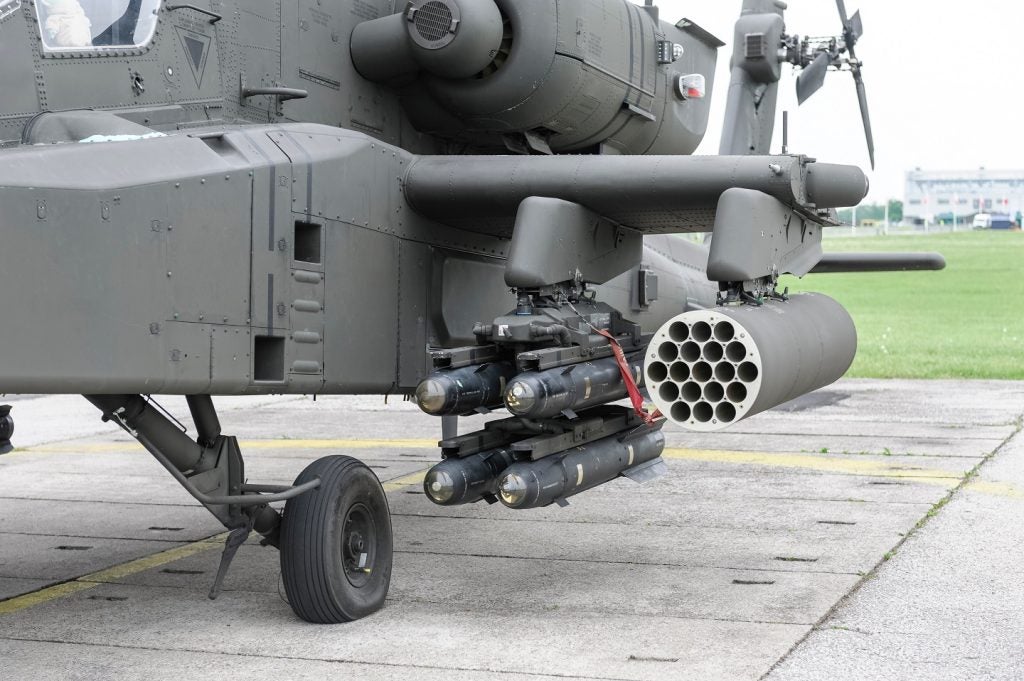PZL-130 Orlik is a two-seat primary jet trainer which was designed and manufactured by Poland-based Panstwowe Zaklady Lotnicze (PZL) Warszawa-Okecie (now known as Airbus Military) for the Polish Air Force (PoAF). Approximately 50 Orlik aircraft are currently operational worldwide.
In September 2011, Airbus Military Polska signed an agreement with the PoAF to build an advanced version, the PZL-130 Orlik TC-II GC.
The upgraded version will feature a glass cockpit integrated with a modern avionics suite. It minimises the workload of the pilot, enhancing safety and efficiency of flight operations. It is expected to fly in 2013, with certification planned for the same year.
PZL-130 Orlik trainer variants
The PZL-130 has six variants, namely PZL-130T Turbo Orlik, PZL-130TM Orlik, PZL-130TB Orlik, PZL-130TC I Orlik, PZL-130TC II Orlik and PZL-130TC III Orlik.
The PZL-130T Turbo Orlik is an improved version powered by a Pratt & Whitney Canada PT6A-25P turboprop engine.
The PZL-130TM Orlik is equipped with a Walter M601E turboprop engine. The PZL-130TB Orlik is incorporated with a Walter M601T turboprop engine.
The PZL-130TC I Orlik features Martin-Baker Mk11 zero by zero ejection seats and modern avionics. Its maiden flight took place in 1989. The PZL-130TC II Orlik is powered by Pratt & Whitney’s Canada PT6A-25C turboprop engine and a four-blade Hartzell propeller.
The PZL-130TC III Orlik will house an advanced avionics including a head-up display.
Orders, deliveries and design of the PZL-130 Orlik
The PoAF ordered 48 PZL-130 Orlik aircraft in 1991. About 28 PZL-130s were in service with the PoAF as of September 2011.
The aircraft is designed to supersede the existing PZL-110 Kolibers and meet the US FAR 23 regulations.
It can hover with a flight envelope of +7g and -3g. The tricycle-type retractable landing gear design enables the Orlik to operate on unprepared and semi-prepared airstrips.
The PZL-130 is designed for aerobatic training, IFR training, navigation training, formation flying, air combat training, air gunnery, ground attacks, reconnaissance, target acquisition and target towing.
Development of the PZL-130 Orlik trainer aircraft
The proposal to build the PZL-130 was raised in 1980. PZL Warszawa-Okecie started working on the design of PZL-130 in 1981.
Development commenced in 1982 with an intention to build four airframes (a static test aircraft and three flying prototypes). The maiden flight of the initial prototype took place in October 1984. The second and third prototypes went on their first flights in December 1984 and January 1985. A static test aircraft was also completed during this time.
The third prototype was initially planned to be powered by an M14Pm engine but was equipped with a PT6A-25A turboprop engine in 1985 due to delays of the former engine’s deliveries. Its maiden flight took place in July 1986. The aircraft crashed in January 1987 during its demonstration for the Colombian Air Force.
Three additional prototypes powered by the 560kW Motorlet M601D, the 410kW PT6A-25A and the 708kW PT6A-62 flew in 1989 / 1990.
The PZL-130 Orlik entered service with the PoAF in 1993.
Upgrades and cockpit
Airbus Military was awarded a PLN 148m ($52.5m) contract by Poland Defence Ministry in January 2010 to upgrade 16 PLZ-130 to TC II standards. Work on the upgrade includes integration of improved winglets, advanced engines and a Garmin avionics suite.
The first upgraded PZL-130 TCII Orlik was introduced at the PZL Warszawa – Okecie facility in September 2010. The upgrade programme is planned for completion by March 2014.
The digital glass cockpit of the PZL-130 Orlik accommodates two flight crew members, a student pilot and a flight instructor in tandem seat configuration. It is enfolded by an oval-shaped glass canopy to render clear visibility. The cockpit is equipped with two Martin-Baker zero-zero ejection seats, head-up display, mission computer and multifunctional displays.
Engine, propeller and performance
The PZL-130 Orlik is powered a Pratt & Whitney Canada PT6A-25C turboprop engine rated at 560kW of output power. It also features a five-bladed Hartzell propeller which can rotate at a constant speed of 2,200rpm.
The engine is incorporated with a single-stage centrifugal compressor, reverse flow combustor, a multistage axial, a single-stage compressor turbine, epicyclic speed diminution gearbox and digital electronics engine controls.
The PZL-130 can climb at the rate of 14.8m/s. The maximum and cruise speeds of the aircraft are 480km/h and 456km/h respectively. The stall speed is 120km/h. The maximum range is 2,200km and the service ceiling is 9,800m.

